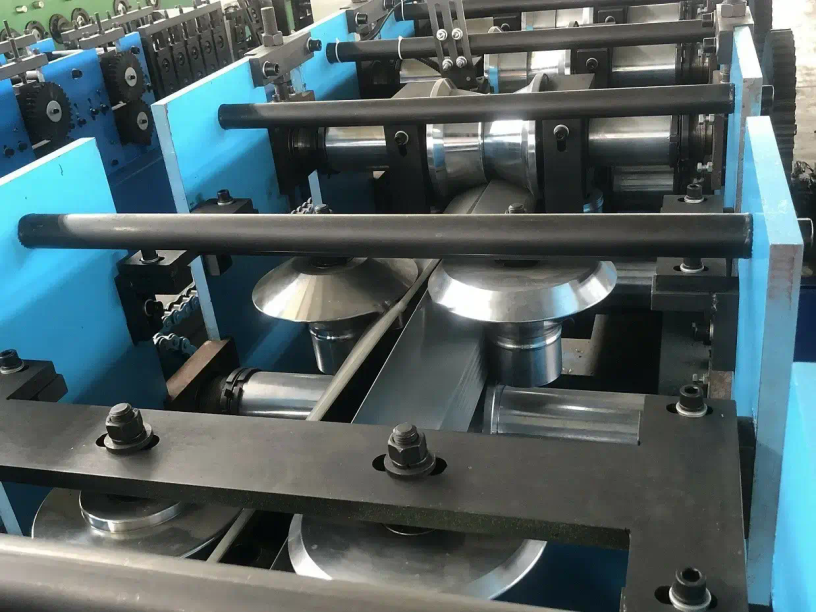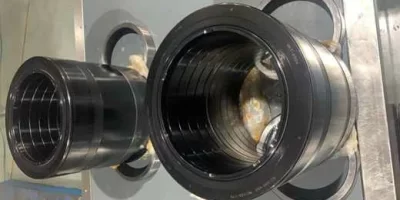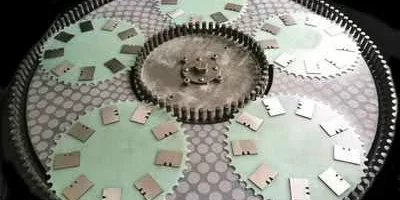Plate rolling machines are essential equipment in various industries, playing a crucial role in shaping metal plates into cylindrical or curved forms. The mechanics of plate rolling machines involve a complex interplay of different components and processes to achieve precise and efficient results. Understanding the key elements of these machines is vital for operators and technicians to ensure safe operation and optimal performance. In this article, we will provide an overview of the mechanics of plate rolling machines, exploring the principles behind their operation and the factors that impact their functionality.
Plate rolling machines consist of several key components that work together to bend metal plates with accuracy and consistency. The primary components include the rollers, the frame, the hydraulic system, and the control panel. Each component plays a specific role in the plate rolling process, contributing to the overall efficiency and precision of the machine.
Roller Mechanism
The rollers are the heart of a plate rolling machine, responsible for applying pressure to the metal plate to bend it into the desired shape. Plate rolling machines typically have three rollers arranged in a triangular configuration: two lower rollers and one upper roller. The bottom rollers are fixed in place, while the top roller can be adjusted to achieve different bending diameters.
Upper Roller Adjustment
The upper roller of a plate rolling machine can be moved vertically to accommodate different plate thicknesses and bending requirements. By adjusting the position of the upper roller, operators can control the curvature of the bent plate and achieve the desired radius. Hydraulic systems are commonly used to move the upper roller, providing precise and consistent adjustments during the rolling process.
Frame Structure
The frame of a plate rolling machine provides the structural support and stability needed to withstand the forces involved in the bending process. The frame is typically made of heavy-duty steel or cast iron to ensure rigidity and durability. A robust frame is essential for maintaining the alignment of the rollers and preventing deflection during bending operations.
Stress Distribution
During the bending process, the frame of the plate rolling machine experiences significant stress due to the pressure exerted by the rollers on the metal plate. Proper design and construction of the frame are critical to ensure uniform stress distribution and prevent deformation. Reinforcements such as trusses or gussets may be added to enhance the strength and stability of the frame.
Hydraulic System
Plate rolling machines rely on hydraulic systems to power the movement of the rollers and apply the necessary pressure to bend the metal plate. Hydraulic cylinders are used to drive the motion of the upper roller and control the positioning of the lower rollers. The hydraulic system plays a key role in regulating the bending force and speed, allowing operators to achieve precise results.
Pressure Control
Maintaining consistent pressure during the plate rolling process is essential for achieving uniform bends and avoiding material defects. The hydraulic system of a plate rolling machine allows operators to adjust the pressure applied by the rollers based on the thickness and material of the plate being rolled. Monitoring pressure levels and making real-time adjustments is crucial for ensuring quality outcomes.
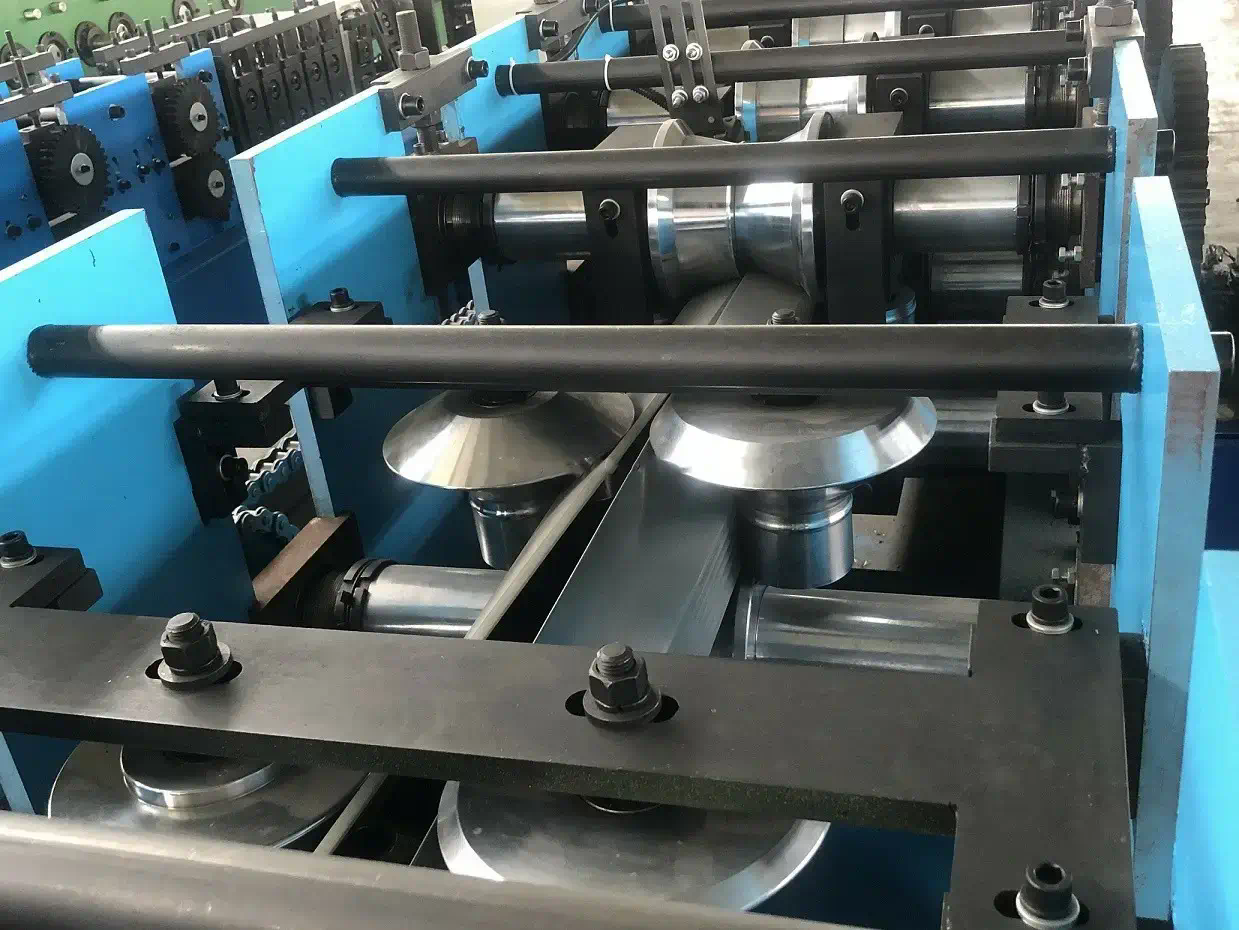
Control Panel
The control panel of a plate rolling machine serves as the interface through which operators can monitor and adjust various parameters during the bending process. Modern plate rolling machines are equipped with digital control systems that offer advanced features such as programmable bending sequences, automatic thickness detection, and error diagnostics. The control panel allows operators to input bending parameters, set bending angles, and track the progress of the rolling operation.
Automation Features
Automation has become increasingly prevalent in plate rolling machines, enabling enhanced productivity and accuracy in bending operations. Automated control systems can store multiple bending programs, allowing operators to quickly switch between different setups for various plate sizes and thicknesses. Advanced sensors and actuators provide real-time feedback on bending forces and plate positioning, ensuring optimal results with minimal manual intervention.
Material Considerations
The type and properties of the material being rolled have a significant impact on the mechanics of plate rolling machines. Different metals exhibit varying degrees of elasticity, ductility, and strength, which influence the bending behavior and requirements. Factors such as material thickness, grain direction, and surface finish must be taken into account when setting up the machine for a bending operation.
Material Hardness
The hardness of the metal plate affects the amount of force required to deform it during the rolling process. Harder materials such as stainless steel or high-carbon steel may necessitate higher bending pressures and slower rolling speeds to achieve the desired curvature without causing material damage. Operators must adjust the machine parameters accordingly to accommodate the hardness of the material being rolled.
Maintenance and Safety
Regular maintenance and proper safety precautions are essential aspects sheet metal bending machine of operating plate rolling machines to ensure longevity and prevent accidents. Routine inspections of the machine components, lubrication of moving parts, and calibration of hydraulic systems are critical for optimal performance. Operators should also follow safety guidelines when operating the machine, including wearing appropriate protective gear, securing loose clothing, and observing proper lifting techniques.
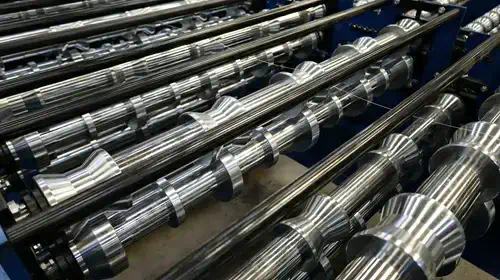
Training and Certification
Operators and technicians working with plate rolling machines should undergo comprehensive training to familiarize themselves with the machine’s operation, maintenance procedures, and safety protocols. Training programs cover topics such as machine setup, material handling, troubleshooting common issues, and emergency response measures. Certification programs validate the skills and knowledge of operators, ensuring they are competent to operate the equipment safely and effectively.
Plate rolling machines are versatile tools used in various industries for shaping metal plates into curved or cylindrical forms. Understanding the mechanics of these machines is essential for achieving accurate and consistent results in bending operations. By comprehending the role of key components such as the rollers, frame, hydraulic system, and control panel, operators can optimize the performance of the machine and produce high-quality bent plates. Regular maintenance, material considerations, and adherence to safety protocols contribute to the overall efficiency and reliability of plate rolling machines. As technology continues to advance, automation features and digital control systems are transforming the way plate rolling is done, offering increased precision, productivity, and versatility. By staying informed about the latest developments in plate rolling technology and best practices, operators can enhance their skills and stay competitive in the ever-evolving manufacturing landscape.
https://stm32micro.com/
